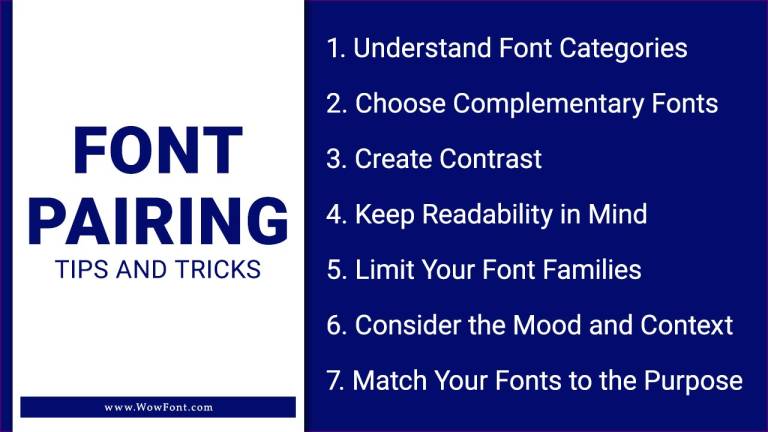Vintage fonts typically refer to typefaces that reflect styles from the late 19th to the mid-20th centuries. They often feature distinctive characteristics, such as ornate details, unique letterforms, and a sense of personality.
While modern design has introduced new fonts and styles, vintage fonts maintain their charm and are widely used in contemporary designs to create a sense of warmth and nostalgia. Vintage fonts evoke nostalgia and charm, offering a glimpse into the past through typography.
They encompass various styles, from classic serif fonts to decorative retro fonts, each with its unique story and aesthetic appeal. This article explores the origins of vintage fonts and highlights some of the best vintage fonts to consider for your projects.

Origins Of Vintage Fonts
Vintage fonts are often characterized by their distinct design elements that reflect the eras they originated from. These typefaces capture the essence of old style typography, making them perfect for various applications, including logo design, graphic design, and display font settings. Here’s a closer look at the origins of some popular vintage font styles:

1. Old Style Serif Fonts
Old style serif fonts, like Adobe Garamond and Times New Roman, emerged during the Renaissance, reflecting the humanistic approach to design. These fonts feature moderate contrast between thick and thin strokes, making them suitable for body text and headlines alike.
2. Art Nouveau And Art Deco
The Art Nouveau movement of the late 19th and early 20th centuries introduced fluid, organic forms in typography. This style often incorporates ornate lettering and decorative fonts that resonate with vintage aesthetics. Following Art Nouveau, the Art Deco style emerged, characterized by geometric shapes and bold lines, influencing many modern fonts today.
3. Retro Fonts
Retro fonts bring a playful spirit to typography. They are often inspired by the design trends of the 1950s and 1960s, showcasing unique letterforms and vibrant colors. Examples include Franklin Gothic and News Gothic, both of which have stood the test of time in various applications, including retro typography.
4. Sans Serif Fonts
While traditionally seen as modern, certain sans-serif fonts have vintage roots. Fonts like Futura and Helvetica have gained popularity for their clean lines and simplicity, making them perfect for modern design while still offering a nostalgic touch.
5. Script Fonts And Decorative Fonts
Script fonts mimic handwriting and add a personal touch to designs, making them ideal for vintage lettering. Decorative fonts, such as Cinzel Decorative, are often used in vintage style projects to evoke elegance and creativity.
6. Font Pairing In Vintage Design
When designing with vintage fonts, font pairing is crucial to create a cohesive look. Combining a vintage serif typeface with a modern font can yield stunning results, bridging the gap between past and present styles.
Exploring Google Fonts And Adobe Fonts

For those looking to incorporate vintage fonts into their designs, platforms like Google Fonts and Adobe Fonts offer a plethora of options. You can find various font families and weights, enabling you to experiment with different styles and create unique vintage typography.
Best Vintage Fonts To Try
Here are some of the best vintage fonts to consider for your next project:
- Vintage Rotter: A retro display font perfect for headlines.
- Cinzel Decorative: A sophisticated script font that embodies elegance.
- Franklin Gothic: A classic sans serif typeface with versatility.
- Adobe Garamond: A timeless serif font ideal for body text.
Conclusion
Vintage fonts are more than just letters; they tell stories and evoke emotions. Whether you’re working on a vintage logo, a retro poster, or a modern design with vintage elements, choosing the right vintage typeface can significantly impact your project. Explore different styles, experiment with font pairings, and let your creativity shine through vintage typography!
FAQs
1.What Are Vintage Fonts?
Vintage fonts are typefaces that reflect design styles from previous eras, often evoking nostalgia and charm.
2.How Can I Find The Best Vintage Fonts?
Platforms like Google Fonts and Adobe Fonts offer a wide selection of vintage typefaces suitable for various design projects.
3.What Is The Difference Between Serif And Sans Serif Fonts?
Serif fonts have small lines or strokes attached to the end of larger strokes in a letter, while sans serif fonts do not.
4.Can I Use Vintage Fonts In Modern Designs?
Yes! Vintage fonts can enhance modern designs by adding character and nostalgia.
5.What Are Some Examples Of Popular Vintage Fonts?
Popular vintage fonts include Adobe Garamond, Franklin Gothic, and Cinzel Decorative.


Leave a Comment